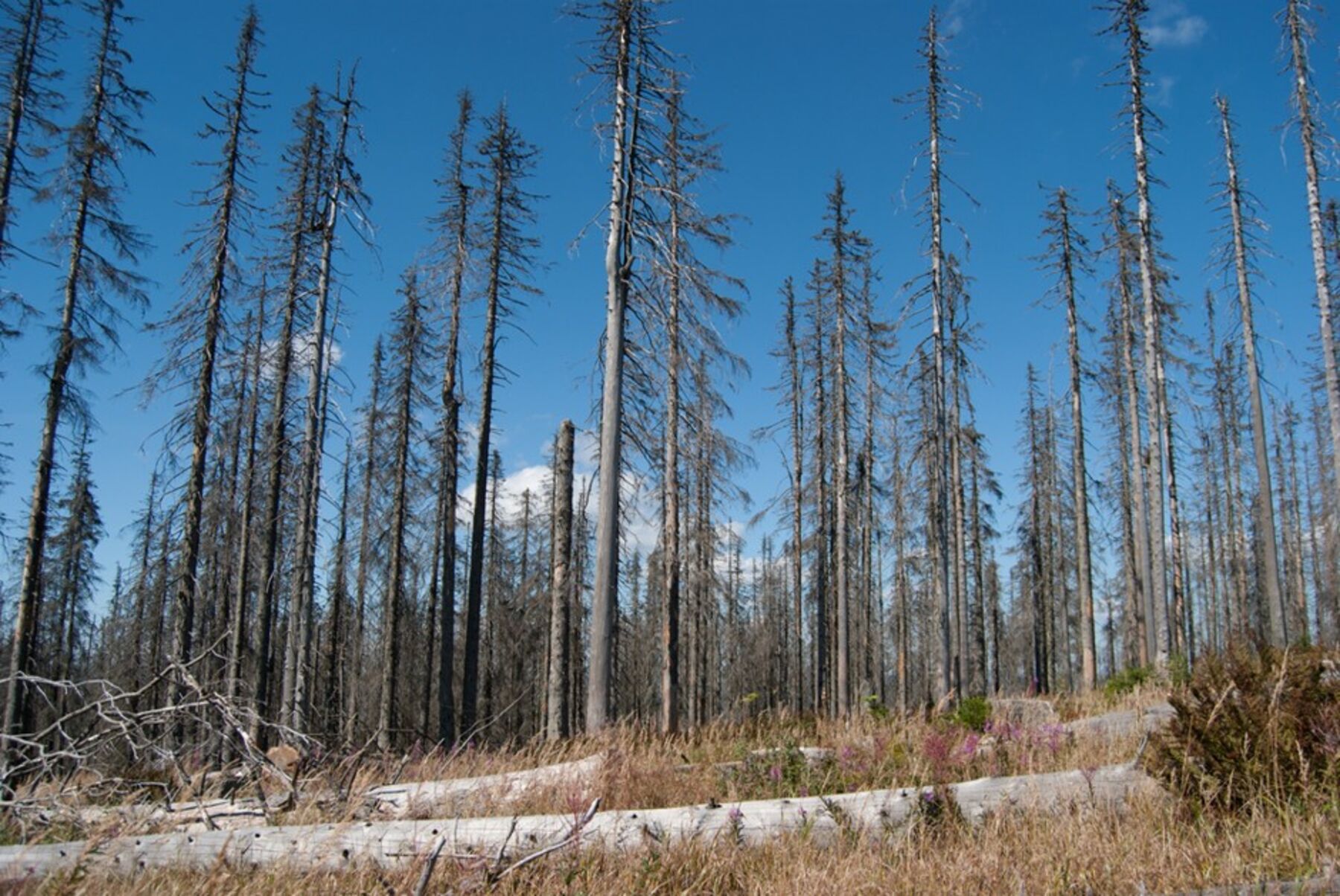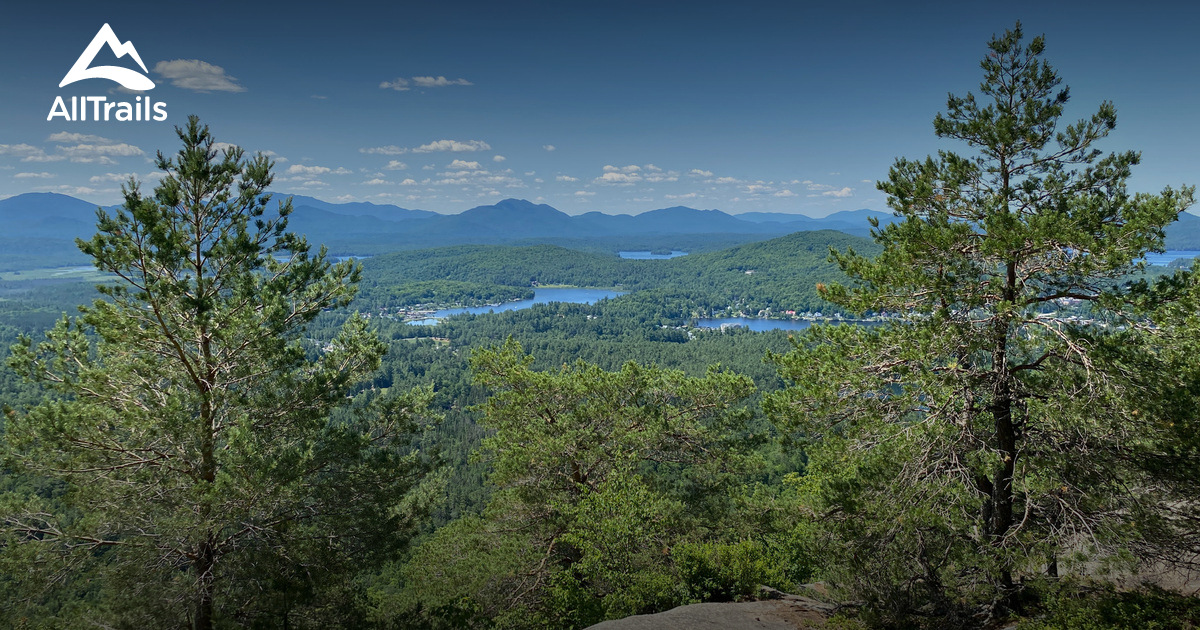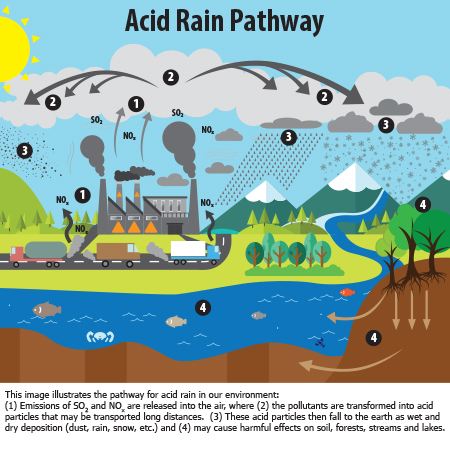Growing up in a city, I’m engulfed in the everyday background noise of car engines revving, keyboards clicking, and phones buzzing. It wasn’t until I backpacked in the Sierras this summer that I was able to experience true peace and quiet. The outdoors is an escape from the ceaseless sounds of the city, yet barriers to entry prevent many from appreciating it; therefore, the Adirondacks should make the outdoors more accessible through volunteer programs for people of color and low-income households.
On May 16th, backpacks on and rain sprinkling from the dark clouds above, nine schoolmates and I were bound for the Sierras for a three-week backpacking trip. It wasn’t until the following morning, meditating on the flat surface of a granite boulder with a lone, 50-foot pine to my right overlooking Rock House Basin that I immersed myself in the peace of the wilderness. I exhale and am grounded by the astral sound of wind dancing about the atmosphere, brushing through the forested mountains, and flowing through the pine needles of the tree beside me. My mind was cleared of the million thoughts, worries, and daydreams. I was at last present in the space and time I existed in. There was no feeling as gratifying, and it only grew deeper as I continued my journey. Figure 1 below is one of my favorite pictures from the trip taken at the end of week 2.

Twenty days later, my schoolmates reunited with the thirty other people on the trip, hugging each other with our wilderness-musk and sharing our desperate-for-toilet-paper-stories. Something was different about all of us, as if we were completely new people, but somehow more ourselves than before. Figure 2 below was taken at the end of the trip when all of the groups reunited at Kennedy Meadows.
I am grateful to have had this experience, yet I am aware of the barriers that hinder people’s access to the outdoors and its serenity. Transportation to the wilderness, expenses of gear, knowledge, and time taken away from work are among the many obstacles. As a result, the outdoors remains an area dominated by the white and wealthy. Making wilderness more accessible is essential as everyone should have the opportunity to experience its peacefulness. There are some volunteer-based organizations that are working to open doors to those who wouldn’t be able to otherwise. Outdoor Afro is an extraordinary example of an organization that focuses on breaking those barriers. This non-profit founded in 2009 “celebrates and inspires Black connections and leadership in nature” (Outdoor Afro). Over the summer, Outdoor Afro took a group out to Little Clear Pond in the Adirondacks for a canoe day-trip (Loomis). Outdoor Afro and other organizations are revolutionizing parks like the Adirondacks, making them more welcoming and inclusive for people to enjoy its rejuvenation.
Works Cited
Loomis, Brandon. “Outdoor Afro Helps People of Color Find Their Adirondack Comfort Zone.” Adirondack Explorer, 24 July 2021, www.adirondackexplorer.org/stories/outdoor-afro-helps-people-of-color-find-their-adirondack-comfort-zone.
Outdoor Afro . “About Us.” Outdoor Afro, CGR, 20 Oct. 2021, outdoorafro.com/about-us/.


:max_bytes(150000):strip_icc()/GettyImages-585742147-59ea583d845b340011e53b24.jpg)










